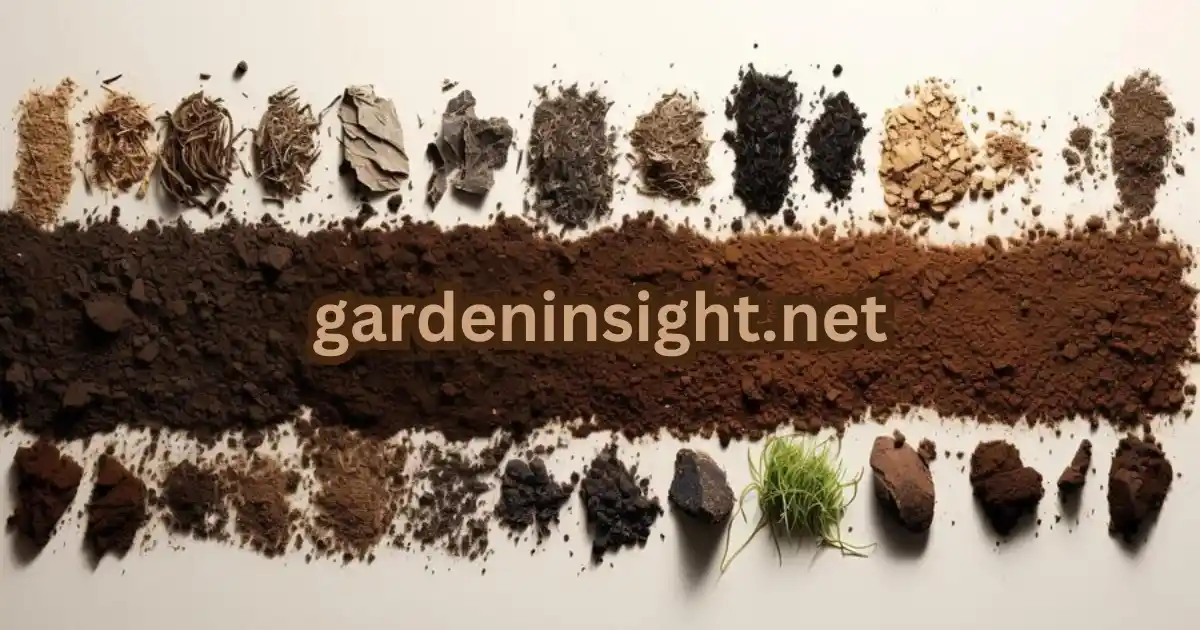Choosing the right soil is crucial for successful gardening. It provides essential nutrients, support, and proper drainage for your plants.
The best soil for gardening is nutrient-rich, well-draining, and suitable for the specific plants you wish to grow.
But with so many different types of soil available, how do you know which one is best for your garden? This guide will help you understand the key factors to consider when selecting the best soil for gardening and planting.
Understanding Soil Types
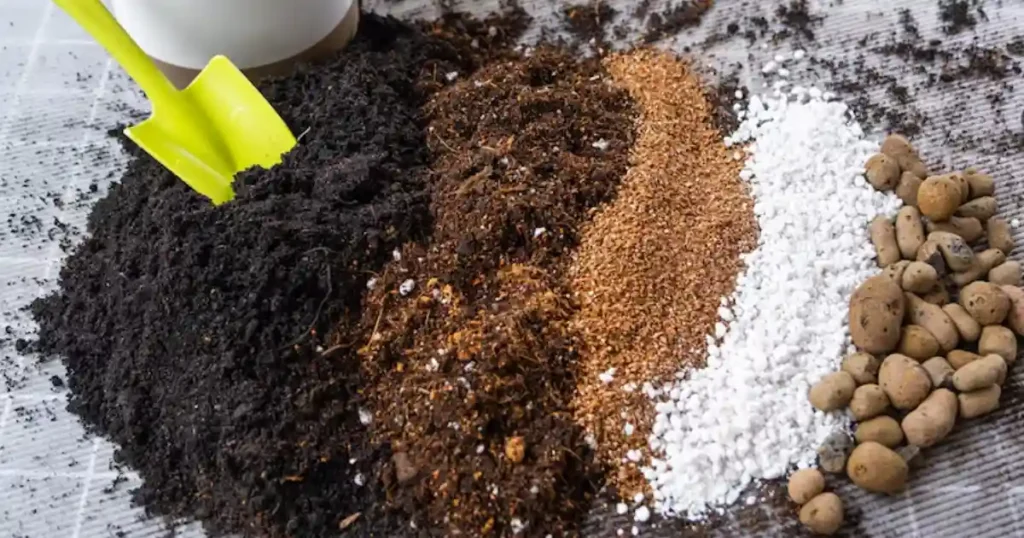
Soil is composed of mineral particles, organic matter, water, and air. The proportion of these components determines the soil type and its suitability for different plants. Here are the three main soil types:
- Sandy Soil: Feels gritty and drains quickly. It warms up quickly in spring but doesn’t hold nutrients well.
- Clay Soil: Feels sticky when wet and drains slowly. It’s rich in nutrients but can become compacted, making it difficult for roots to grow.
- Loam Soil: A balanced mix of sand, silt, and clay. It offers good drainage, nutrient retention, and aeration, making it ideal for most plants.
What Makes Soil Good for Planting?
The best soil for planting provides a healthy environment for roots to grow and thrive. Here are the key characteristics of good garden soil:
- Good Drainage: Allows excess water to drain away, preventing root rot.
- Nutrient Retention: Holds essential nutrients for plant uptake.
- Aeration: Provides adequate air spaces for roots to breathe.
- pH Balance: A slightly acidic to neutral pH (6.0-7.0) is optimal for most plants.
- Organic Matter: Improves soil structure, water retention, and nutrient content.
Best Soil for Planting Vegetables
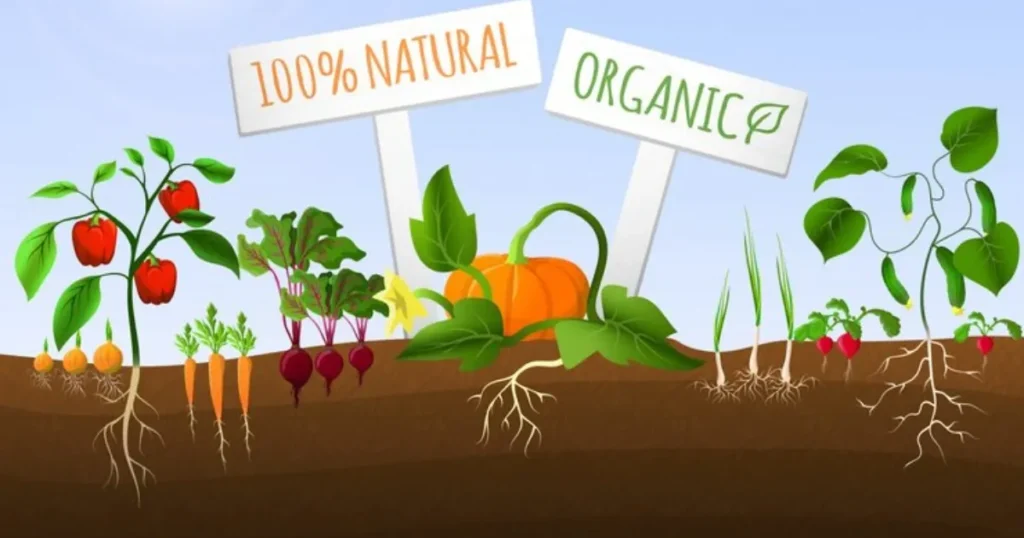
The best soil for planting vegetables is rich in nutrients and well-draining. A loamy soil amended with compost or other organic matter is ideal. This provides the necessary nutrients for healthy vegetable growth while ensuring proper drainage to prevent waterlogging.
Here’s a table summarizing common vegetables and their soil preferences:
| Vegetable | Ideal Soil Type | pH Range |
|---|---|---|
| Tomatoes | Loamy with compost | 6.0 – 6.8 |
| Carrots | Loose, sandy loam | 6.0 – 7.0 |
| Leafy Greens | Rich in organic matter | 6.0 – 7.5 |
Best Soil for Planting Tomatoes
Tomatoes thrive in fertile, well-draining soil with a slightly acidic pH (6.0-6.8). A loamy soil amended with compost is ideal. You can also add specific tomato fertilizers to provide the necessary nutrients.
Here’s a quick checklist for tomato soil preparation:
- Incorporate 2-3 inches of compost into the topsoil.
- Test pH and amend with lime or sulfur as needed.
- Mulch around plants to retain moisture.
Best Soil for Plants to Grow in
Plants thrive in soil that provides a balance of nutrients, water, and air. Consider these factors:
- Organic Matter: Adds essential nutrients and improves soil structure.
- Soil Texture: Loamy textures ensure balanced moisture and aeration.
- Amendments: Use compost, mulch, or peat moss for better fertility and water retention.
Best Soil for Planting Seeds
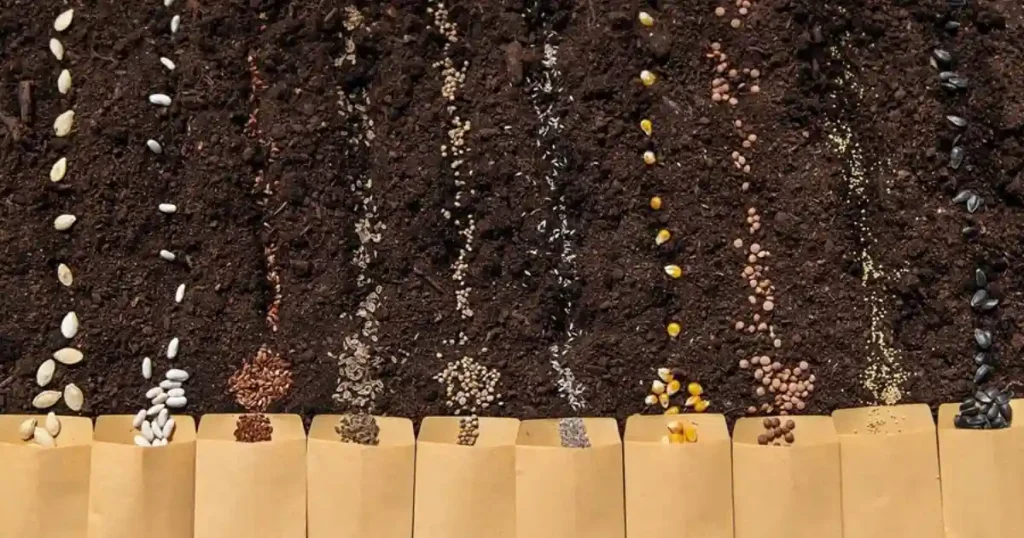
Seeds need light, loose soil to germinate effectively. The best soil for planting seeds should:
- Be Free of Debris: Remove rocks and clumps to aid root growth.
- Retain Moisture: Use peat-based seed-starting mixes.
- Contain Minimal Fertilizer: Avoid high-nitrogen content that can harm seedlings.
Best Soil for Planting Grass Seeds
For a lush lawn, grass seeds need:
- Loamy Soil: Balances water retention and drainage.
- Aerated Texture: Prevents compaction for better root growth.
- Adjusted pH: Keep between 6.0 and 7.0 for most grass types.
Best Soil for Planting Crops
- For planting crops, such as grains or root vegetables, soil health is paramount. Features of the best soil for planting crops include:
- High Organic Content: Enhances fertility for high yields.
- Proper Drainage: Prevents waterlogging and root rot.
- pH Balance: Tailor soil pH to the specific crop; for example, wheat prefers slightly acidic soil (6.0-6.5).
Best Soil for Planting Trees
- Trees require deep, well-draining soil to support extensive root systems. Ideal soil includes:
- Loamy Soil: Provides good moisture retention and drainage.
- Clay-Loam Mixes: Suitable for retaining nutrients for larger trees.
- Mulch and Compost: Protect roots and enhance fertility.
Tips for Planting Trees:
- Test Soil Depth: Ensure it’s deep enough for roots to establish.
- Amend Poor Soil: Add organic matter to improve structure and nutrient content.
Best Soil for Planting Fruit Trees
Fruit trees need well-draining soil that’s rich in organic matter. A loamy soil amended with compost is generally a good choice. However, the specific soil requirements may vary depending on the type of fruit tree
Improving Your Garden Soil
Most gardens don’t have perfect soil. Here’s how to improve your existing soil:
- Add Organic Matter: Compost, aged manure, and leaf mold improve soil structure, drainage, and nutrient content.
- Adjust pH: If your soil is too acidic or alkaline, you can amend it with lime (to raise pH) or sulfur (to lower pH).
- Aerate Compacted Soil: Use a garden fork or aerator to loosen compacted soil and improve drainage.
- Mulch: Apply a layer of organic mulch to suppress weeds, retain moisture, and add organic matter to the soil.
Choosing the Right Soil Amendments
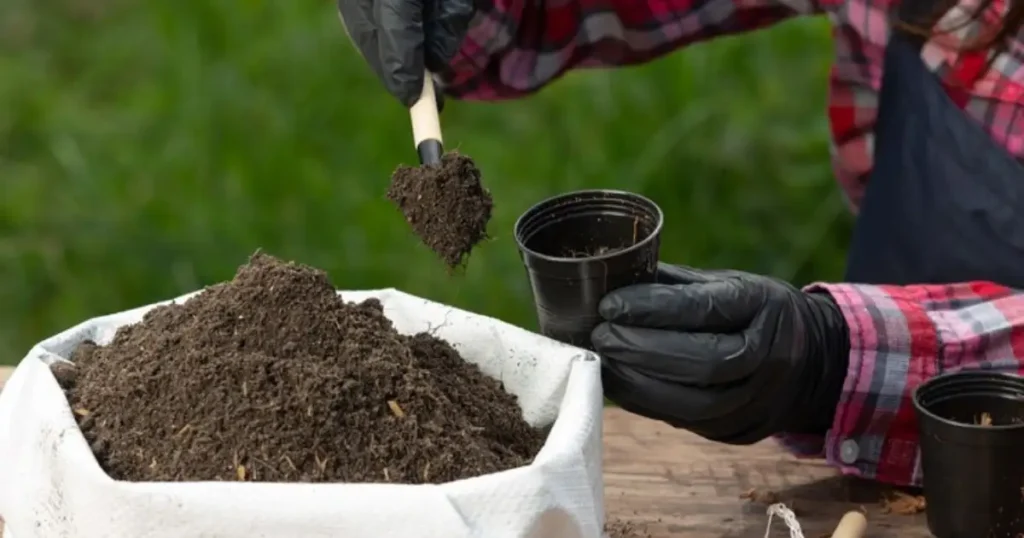
Soil amendments can improve the texture, drainage, and nutrient content of your soil. Here are some common soil amendments:
| Amendment | Benefits |
|---|---|
| Compost | Improves soil structure, drainage, and nutrient content. |
| Aged Manure | Adds nutrients and organic matter. |
| Peat Moss | Increases water retention in sandy soils. |
| Perlite | Improves drainage and aeration. |
| Vermiculite | Improves water and nutrient retention. |
Conclusion
Choosing the best soil for gardening is a fundamental step in ensuring healthy plants and abundant harvests. Whether you’re planting vegetables, trees, or grass, understanding soil composition and making necessary adjustments can dramatically improve your results.
By focusing on soil structure, nutrient content, and pH levels, you can create the perfect environment for your plants to thrive.
Take the time to test and amend your soil, and you’ll reap the rewards of a flourishing garden.
FAQs
Some of the frequently inquired questions about selection of best soil for gardening are as follow:
What Is the Best Soil for Gardening?
The best soil for gardening is loamy soil enriched with organic matter, providing nutrients, proper drainage, and balanced pH levels.
What Is the Best Soil for Planting Vegetables?
Loamy soil with added compost and a slightly acidic to neutral pH (6.0-7.0) is ideal for planting vegetables.
How Can I Improve My Soil for Gardening?
Add organic matter like compost, test pH levels, and incorporate amendments such as lime or sulfur to balance acidity.
Is Sandy Soil Good for Gardening?
Sandy soil drains well but may lack nutrients. Add compost or organic fertilizers to enhance fertility.
What Is the Best Way to Test Soil Quality?
Use a soil testing kit to measure pH levels, nutrient content, and texture. Adjust soil composition based on the results.
